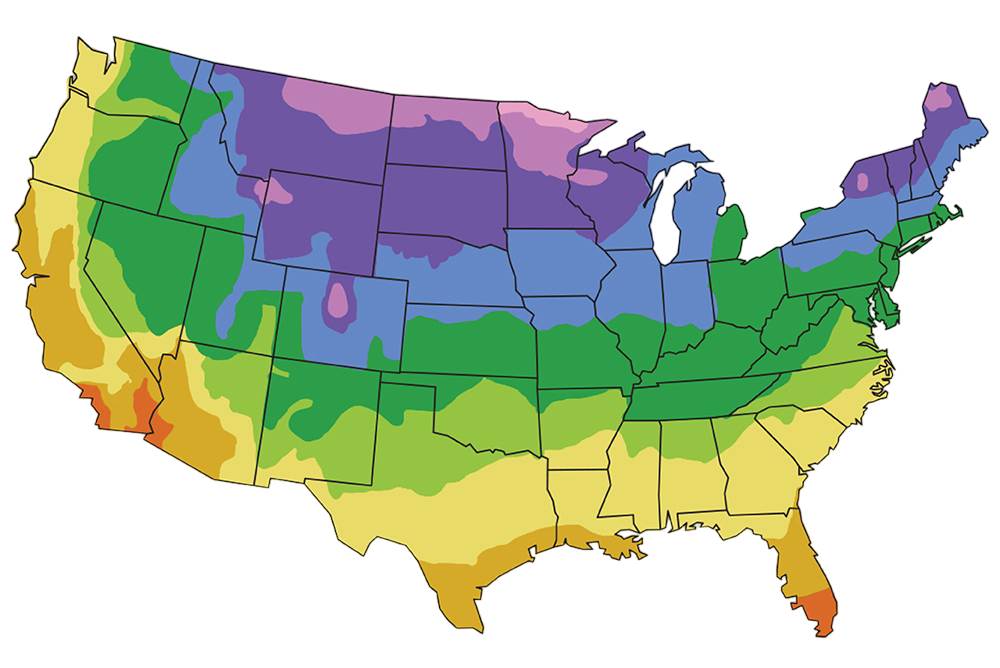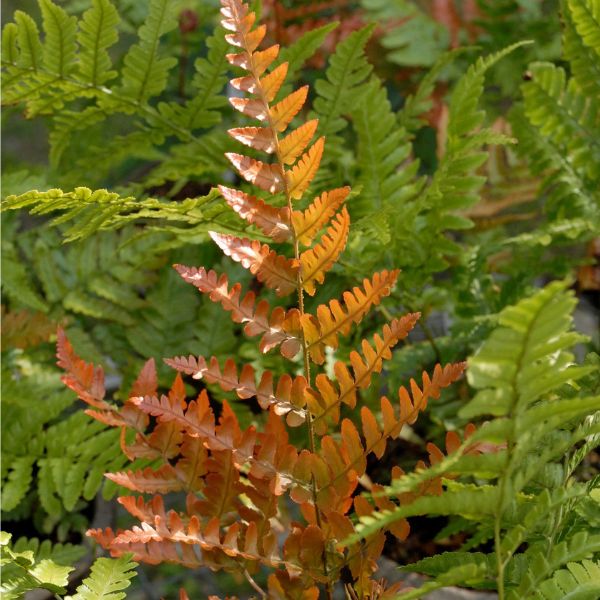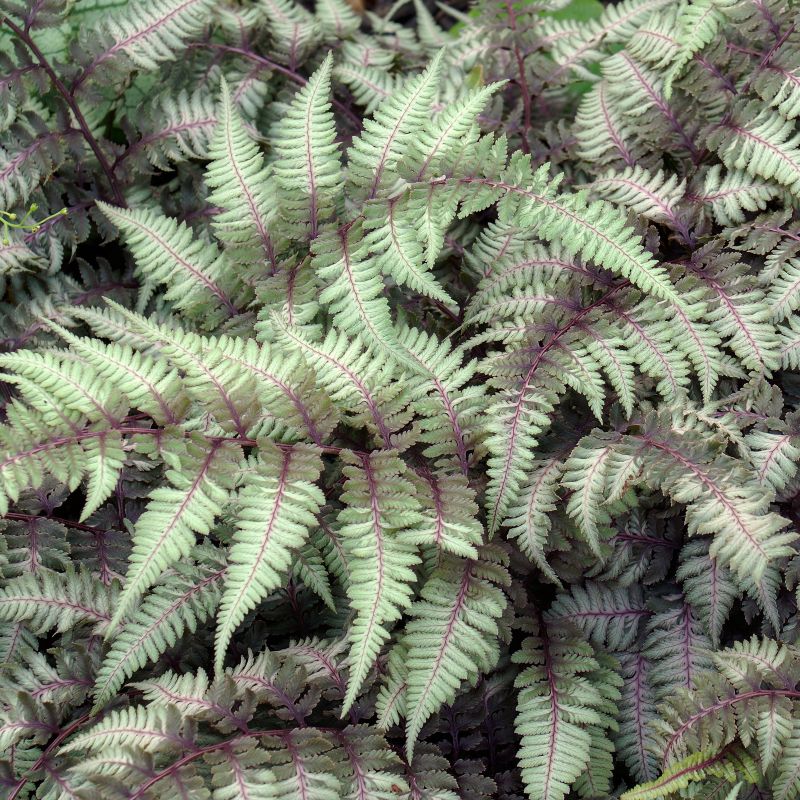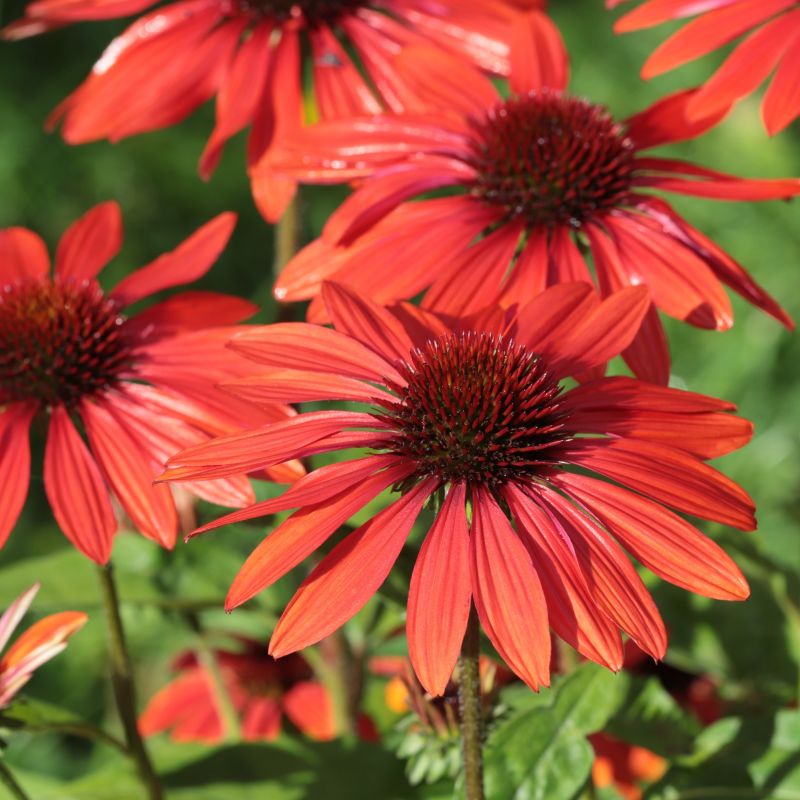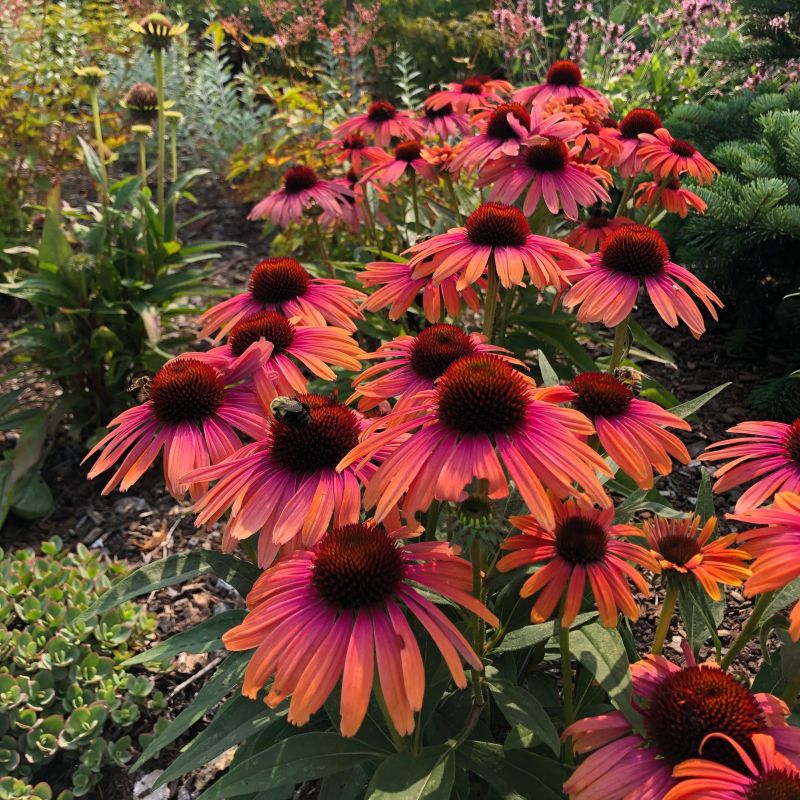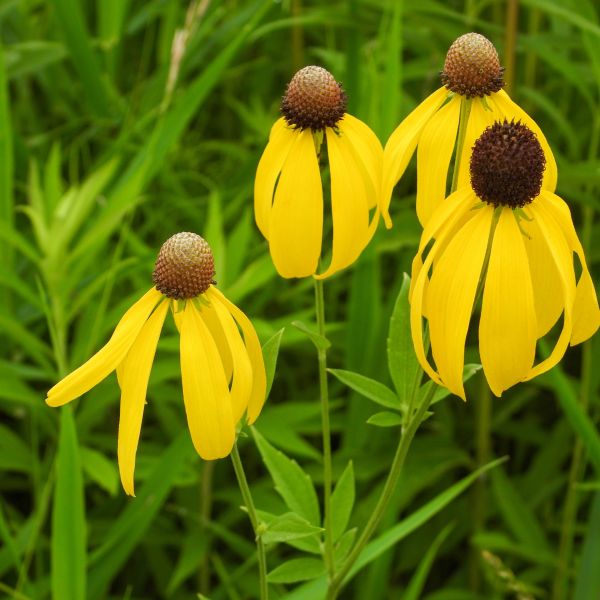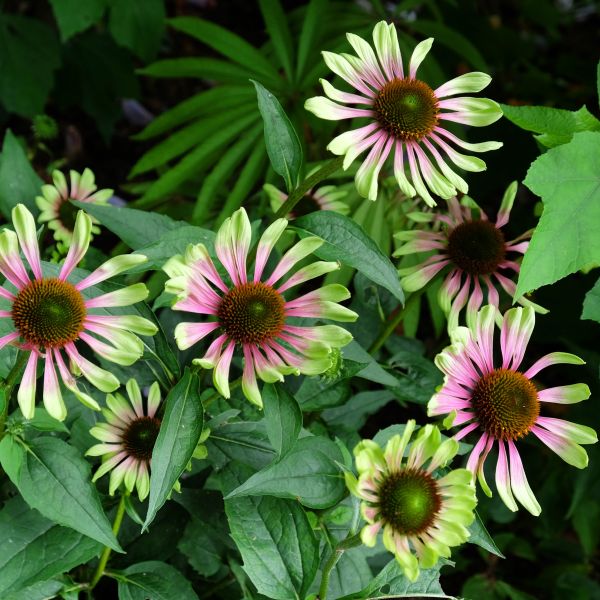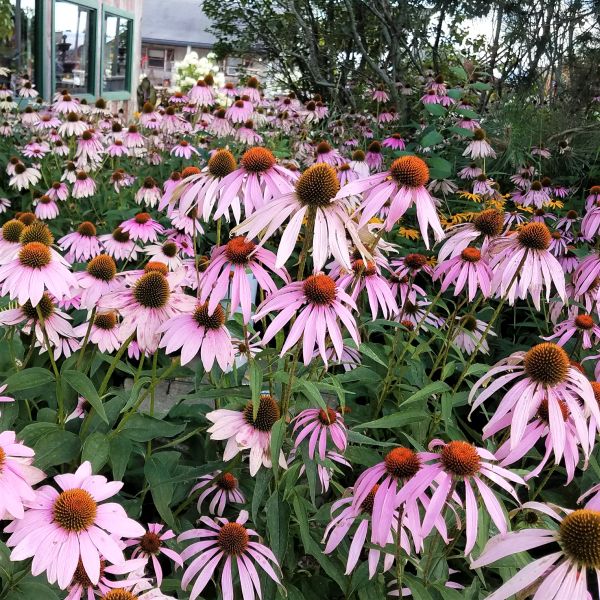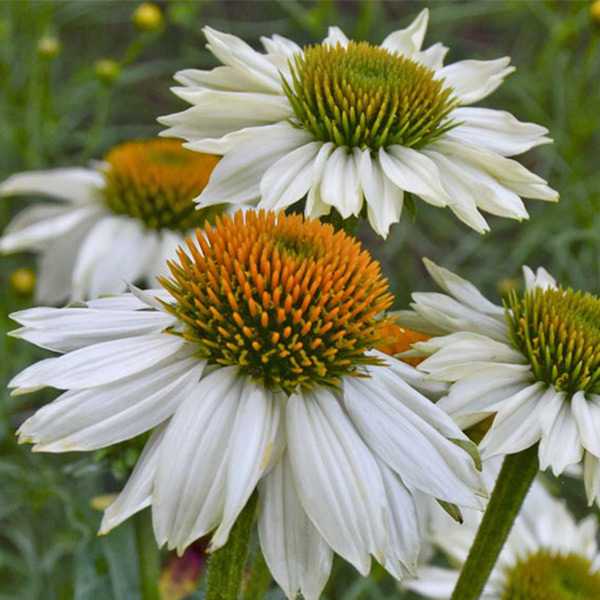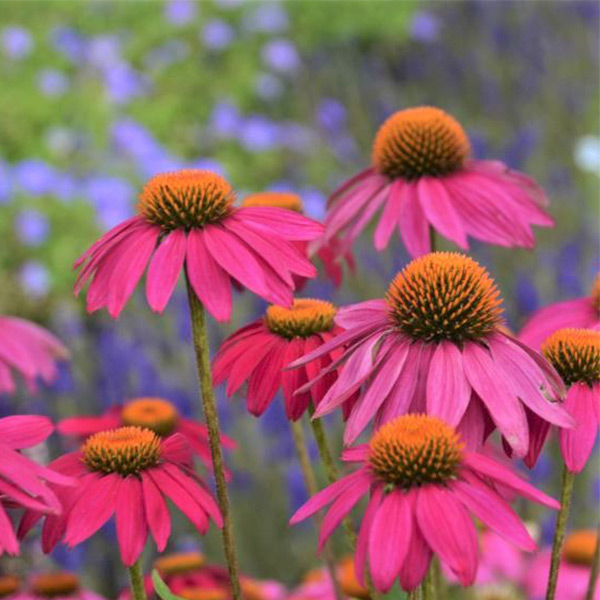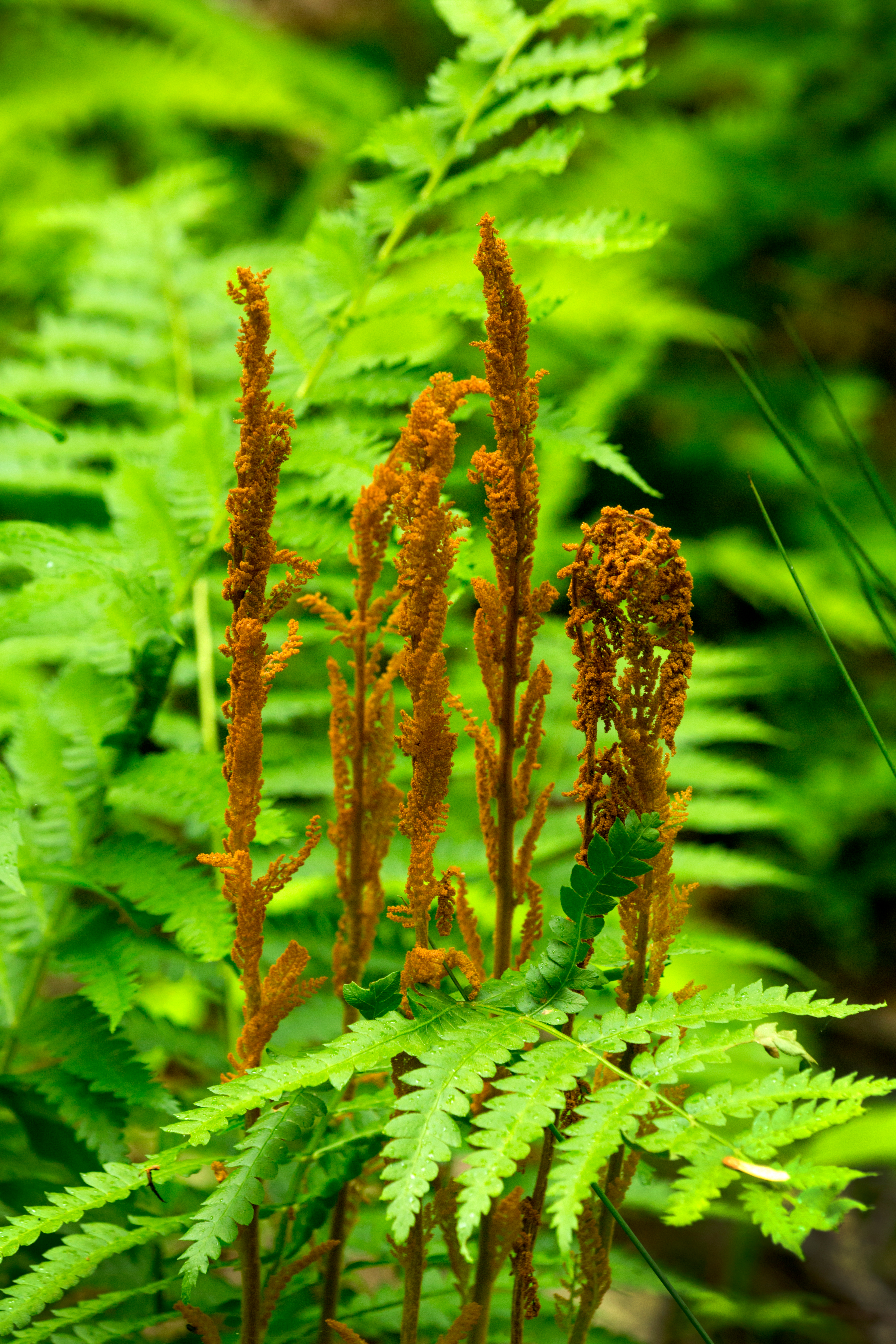
Cinnamon Fern
Osmunda cinnamomea
16 reviews
Cinnamon Fern
Osmunda cinnamomea
16 reviews
- Thrives in wet, shady locations
- Low maintenance and easy to care for
- Attracts butterflies and other pollinators
- Recommended by landscape designers for optimal fit in real yards
$36.00
$52.00
30% Off
- Ships to 43215 in 3 to 7 days
- Free Shipping Over $150
- Plant Arrival Guarantee
- In Stock
- Free Plant Consult
$200 - Landscape-Approved: Every Plant We Sell Comes With Design Expertise Behind It
Quart Container
Not just beautiful - intentionally selected by ShrubHub's 3D landscape design team to fit real-world spaces and maximize yard potential.
Why Cinnamon Fern?
Cinnamon Fern is a native North American plant species known for its vibrant green fronds and unique cinnamon-colored fertile fronds. This fern thrives in moist, shady habitats such as swamps, woodlands, and along stream banks. It provides important habitat for wildlife and offers a striking addition to garden landscapes. Cinnamon Fern plays a crucial role in promoting biodiversity and ecological balance in its native ecosystems.
People who loved this plant also bought
Sunlight
Cinnamon Ferns thrive in partial to full shade conditions, with dappled sunlight being ideal. Direct sunlight should be limited to avoid leaf scorching, especially during the hotter hours of the day. These ferns prefer cool, moist, and shady environments t
Watering
Cinnamon Ferns prefer consistently moist soil, so they should be watered regularly to keep the soil damp but not waterlogged. They thrive in wet, acidic conditions and benefit from mulching to retain moisture. Watering should be reduced during the winter m
Fertilizing
Cinnamon Ferns prefer a soil rich in organic matter and thrive with regular applications of a balanced fertilizer, such as a 10-10-10 NPK formula. Fertilize in the spring and summer months to support healthy growth and ensure the plant has adequate nutrien
Cinnamon Fern (Osmunda cinnamomea)
The Cinnamon Fern, also known as Osmunda cinnamomea, is a beautiful and unique fern that is native to North America. It gets its name from the coloring of its fertile fronds, which resemble the color of cinnamon.
This fern is a deciduous plant that typically grows in clumps and can reach heights of 2 to 3 feet. The fronds are long and lance-shaped, with a rich green hue. In the spring, the fertile fronds produce spore-bearing structures that add a touch of cinnamon-brown to the plant's appearance.
Cinnamon Ferns prefer moist, acidic soil and can thrive in both full sun and partial shade. They are a great addition to woodland gardens, shady borders, and pond edges. They are also low-maintenance plants that require little attention once established.
Overall, the Cinnamon Fern is a stunning and easy-to-grow plant that adds a pop of color and texture to any garden or landscape.
Plant Information:
| Botanical Name: | Osmunda cinnamomea |
| USDA Zones: | 3 - 9 |
| Water: | Average to High |
| Exposure: | Full Sun |
| Soil Needs: | Widely Adaptable |
| Mature Height: | 2 - 3 feet |
| Mature Spread: | 2 - 3 feet |
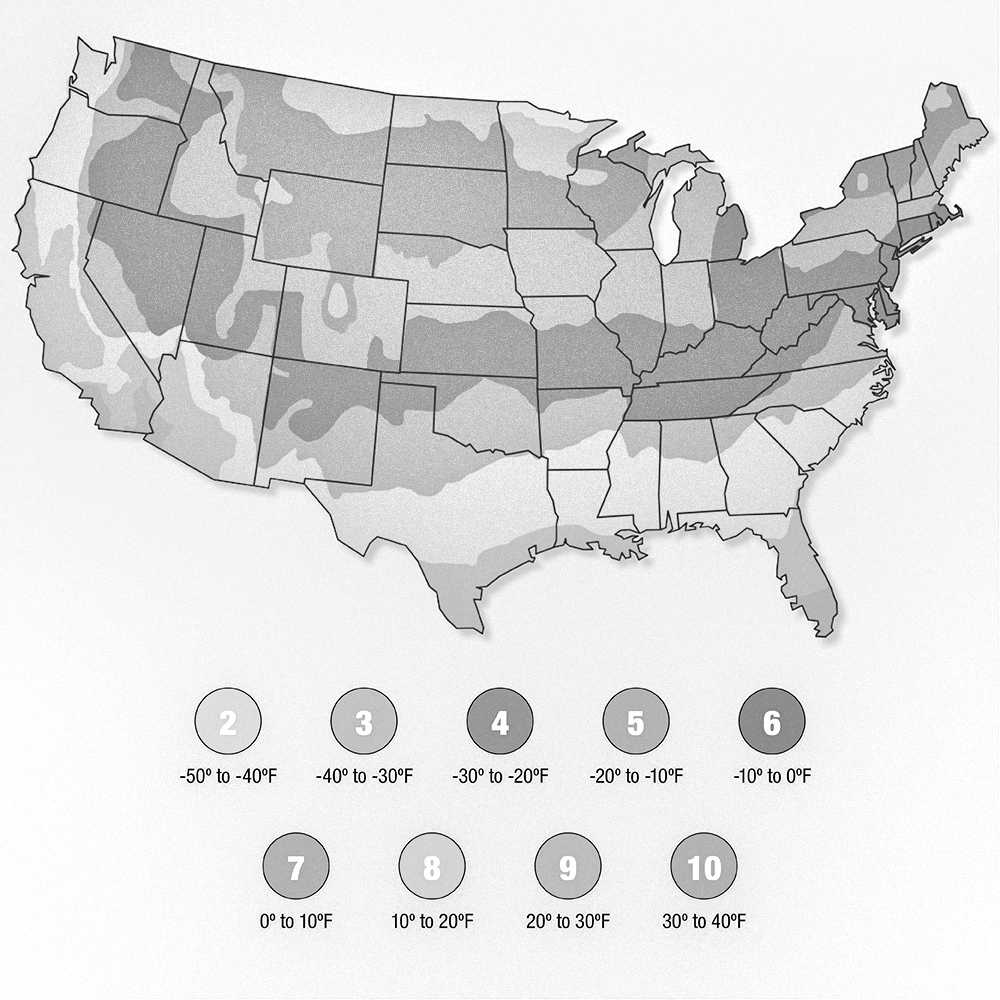

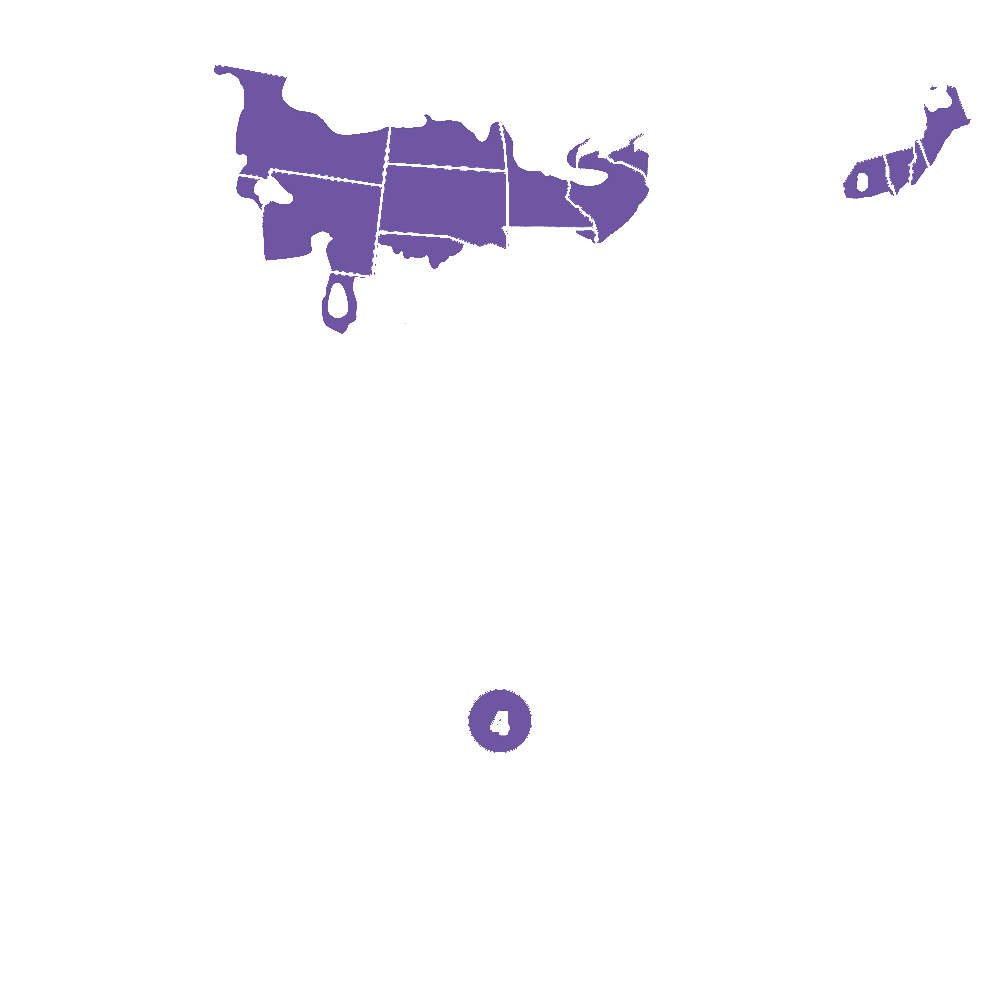
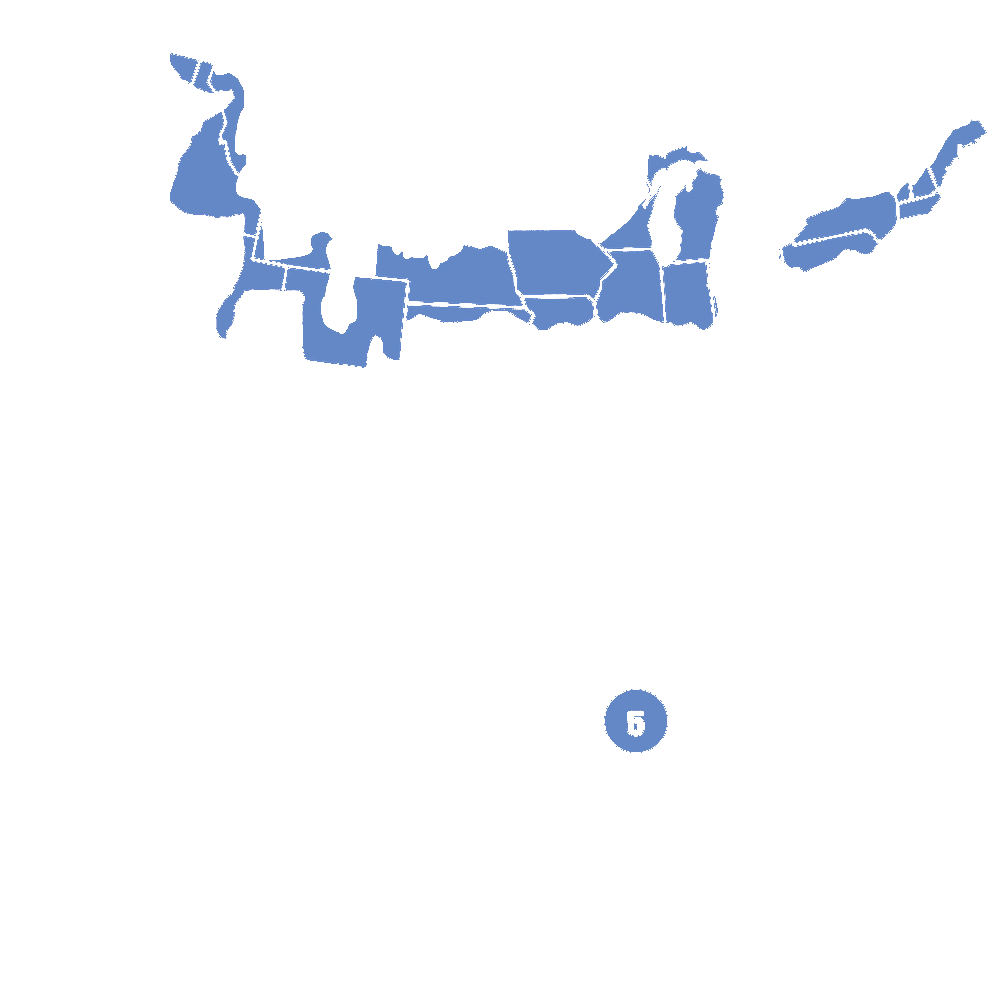
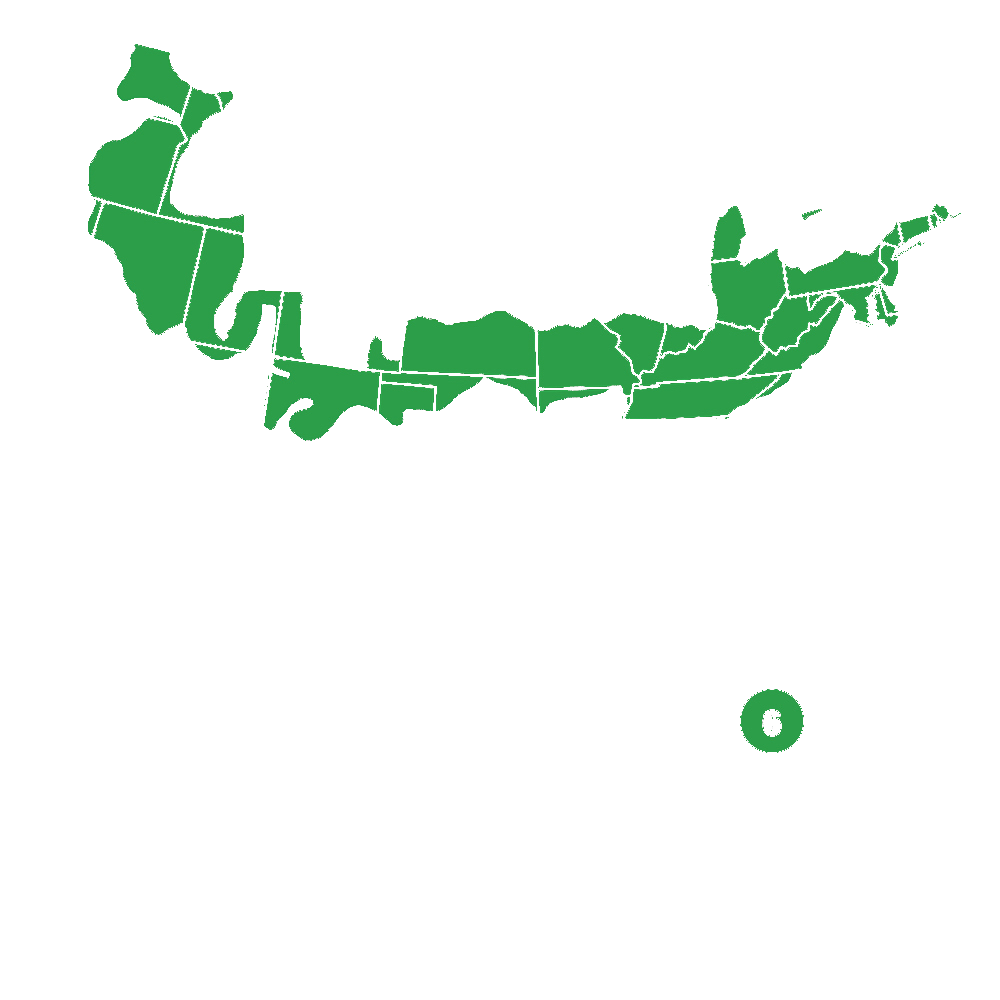
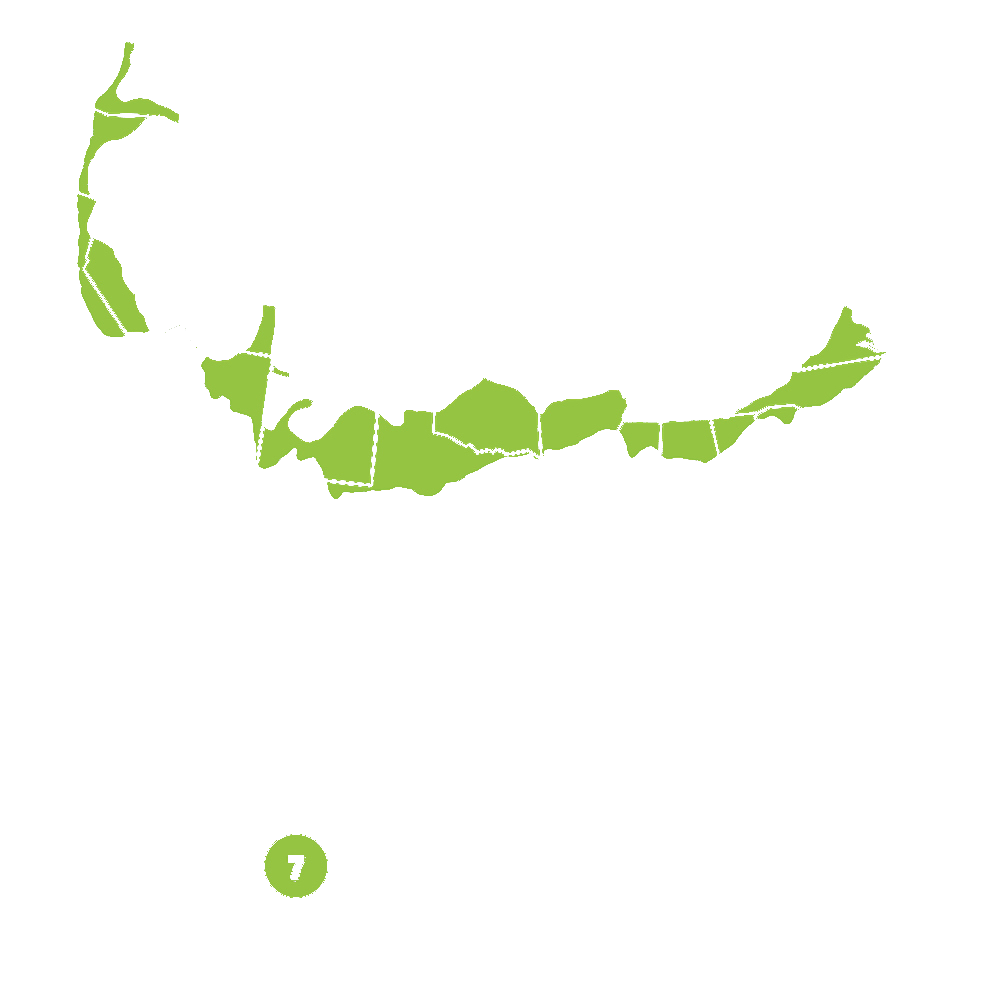
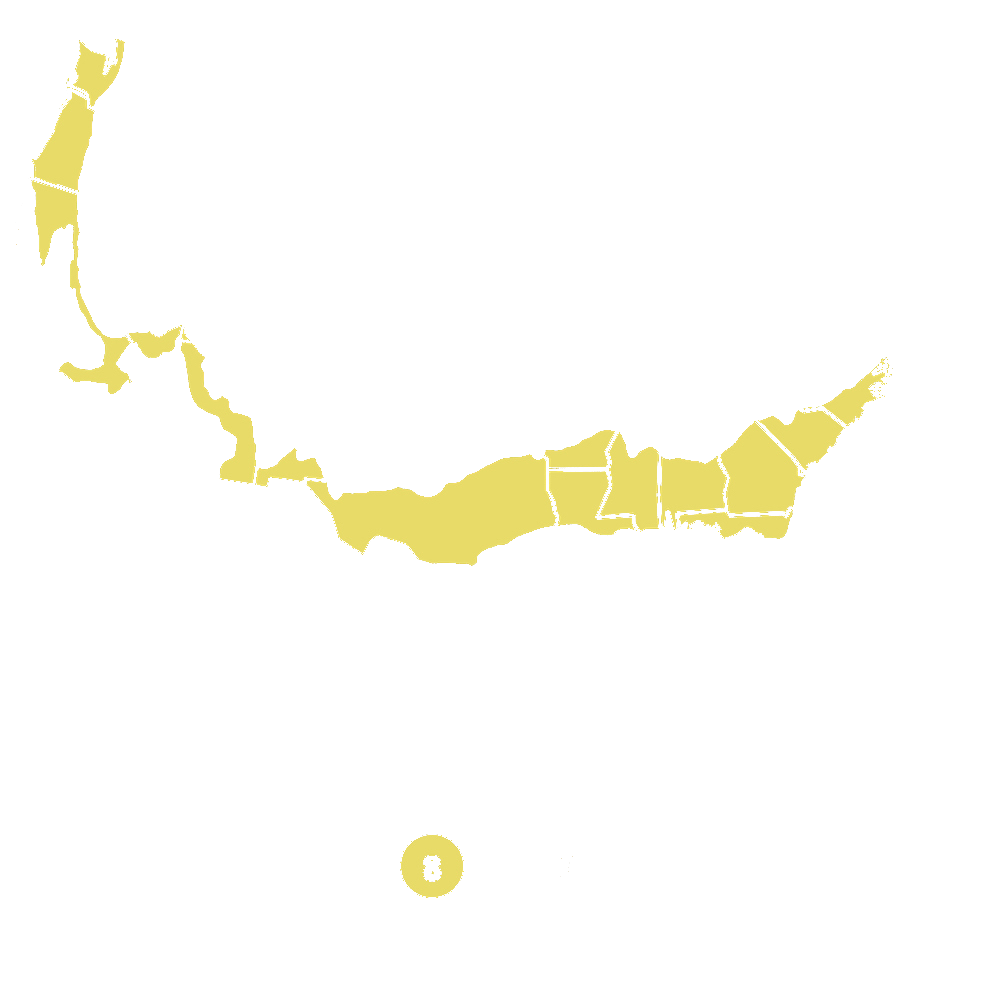
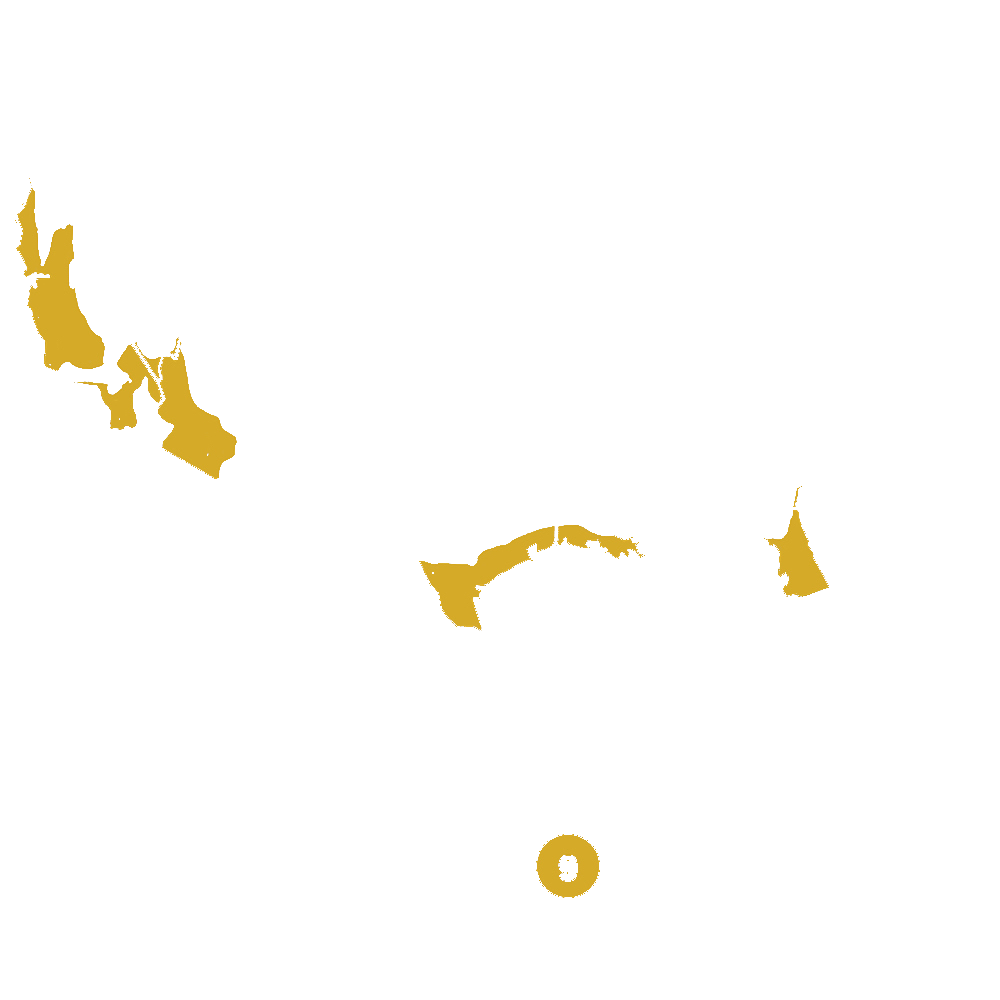
Pollination Info
Cinnamon Fern (Osmunda cinnamomea) Pollination Info
Cinnamon Fern is a type of fern that reproduces through spores rather than seeds. As such, they do not rely on pollination by insects or other animals for reproduction.
Reproduction Process
Cinnamon Ferns reproduce by producing spores, which are located on the underside of the fronds in structures called sporangia. These spores are released into the air and can be carried by the wind to new locations where they can germinate and grow into new ferns.
Pollination Mechanism
Since Cinnamon Ferns do not produce flowers or seeds, they do not require pollination by insects or other animals. Instead, they rely on the wind to disperse their spores and ensure successful reproduction.
Importance of Pollination
While Cinnamon Ferns do not rely on pollination for reproduction, pollination is a crucial process for many flowering plants that do produce seeds. Pollination by insects and animals helps to fertilize the flowers, leading to the production of seeds that can grow into new plants.
FAQ
Cinnamon Fern (Osmunda cinnamomea) FAQ
What is a Cinnamon Fern?
A Cinnamon Fern is a species of fern native to North America. It is known for its upright fronds and distinctive cinnamon-colored fertile fronds.
How do I care for a Cinnamon Fern?
Cinnamon Ferns prefer moist, acidic soil and partial to full shade. They also thrive in wet or boggy areas. Make sure to keep the soil consistently moist and provide ample humidity.
How big do Cinnamon Ferns grow?
Cinnamon Ferns can reach heights of 2 to 3 feet and have a spread of 2 to 3 feet. They tend to form clumps over time, creating a lush, tropical look in the garden.
When and how should I prune a Cinnamon Fern?
Pruning Cinnamon Ferns is not necessary, as they can naturally shed old fronds. If you want to tidy up the plant, you can remove any dead or damaged fronds in the spring.
Do Cinnamon Ferns have any pests or diseases?
Cinnamon Ferns are generally pest and disease-resistant. However, they can be susceptible to scale insects and fungal diseases if grown in overly wet or poorly-draining conditions.
Can Cinnamon Ferns be grown indoors?
While Cinnamon Ferns prefer outdoor growing conditions, they can be grown indoors in bright, indirect light and high humidity. Make sure to keep the soil consistently moist and provide good air circulation.
Planting & Care
Planting & Care for Cinnamon Fern (Osmunda cinnamomea)
Cinnamon ferns are beautiful ferns that add a pop of color and texture to any garden. Follow these planting and care tips to help your cinnamon fern thrive:
Planting:
- Choose a location with partial to full shade and moist, well-drained soil.
- Dig a hole twice as wide as the root ball of the fern.
- Place the fern in the hole and fill it with soil, making sure the crown of the plant is level with the soil surface.
- Water the fern thoroughly after planting.
Care:
- Water the fern regularly, keeping the soil consistently moist but not waterlogged.
- Apply a slow-release fertilizer in the spring to promote healthy growth.
- Mulch around the base of the fern to help retain moisture and suppress weeds.
- Prune any dead or damaged fronds to keep the plant looking tidy.
Propagation:
Cinnamon ferns can be propagated by division in the spring. Simply dig up the plant and separate the clumps, making sure each division has plenty of roots. Replant the divisions in a suitable location and water thoroughly.
Pests and Diseases:
Cinnamon ferns are relatively pest and disease resistant, but they may occasionally be bothered by spider mites or scale insects. Treat any infestations promptly with an appropriate insecticide.
By following these planting and care tips, your cinnamon fern should thrive and provide you with years of enjoyment in your garden.
Check Out These Verified Customer Reviews:
Customer Reviews
4.7 out of 5 based on 16 reviews
Thank you! Your review has been submitted.
High-quality fern, healthy and lush. Happy with my purchase.
Item arrived in perfect condition
Thriving plant, very happy with purchase
Item has been added to your cart.

